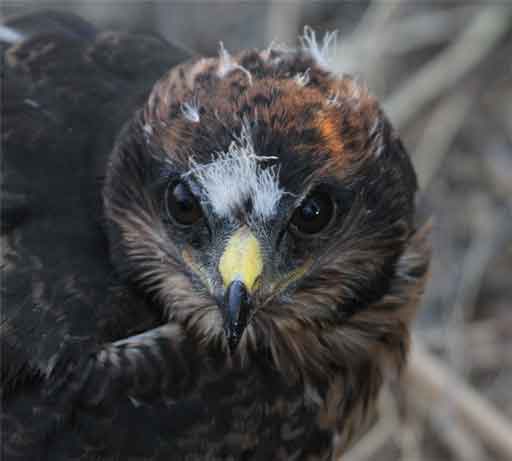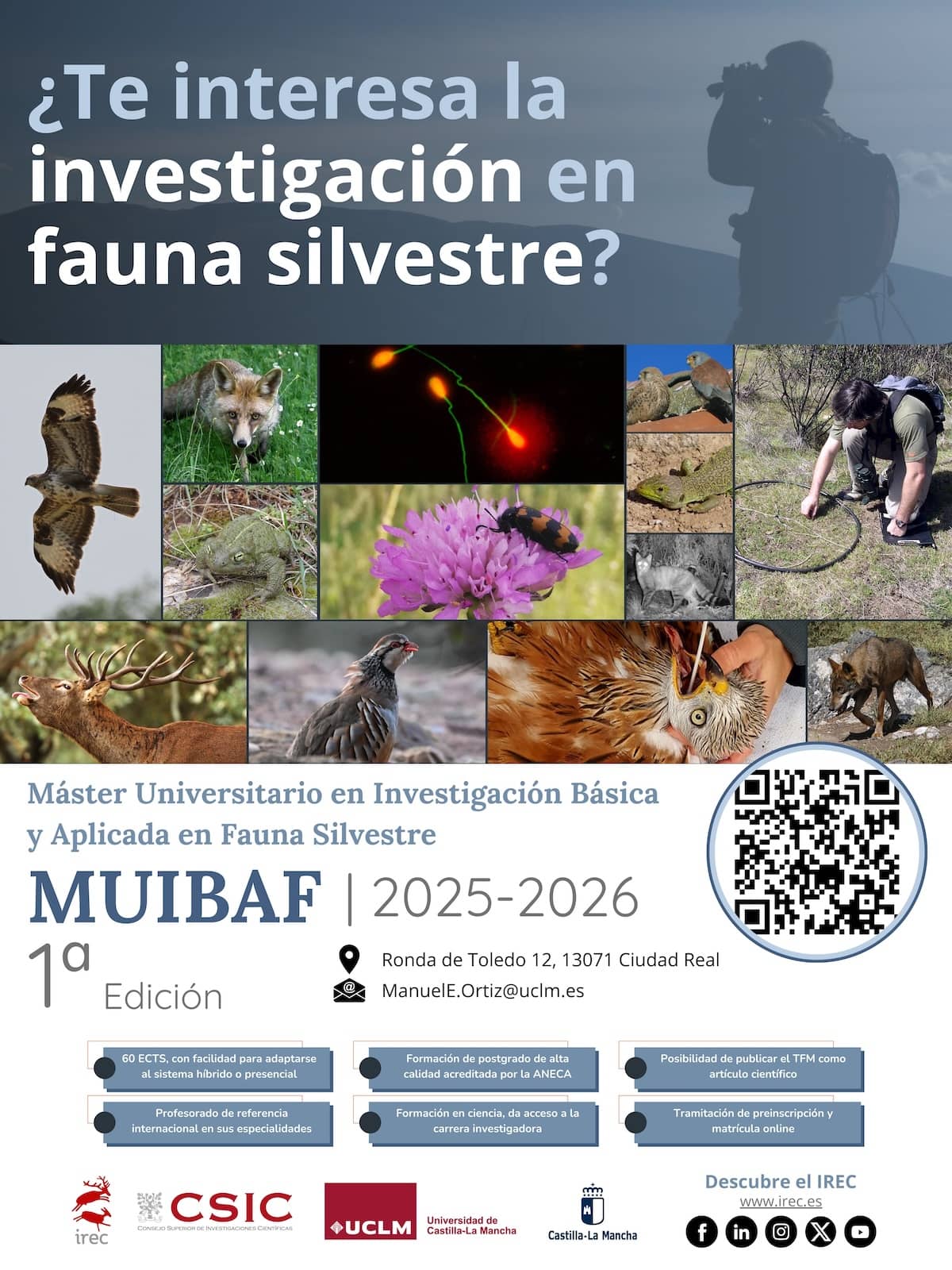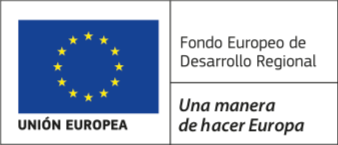Los rasgos u ornamentos basados en carotenoides, tales como los tegumentos de color amarillo-rojo (plumas, picos, patas o anillos oculares) exhibidos por las aves, desempeñan un papel clave en la comunicación social al anunciar de manera fiable la calidad o la salud de un individuo. En algunas especies, estos rasgos son mostrados no sólo por los adultos, sino también por los pollos, y funcionan en la comunicación entre padres e hijos o en la competencia entre hermanos al anunciar la condición física o fisiológica de un individuo. Los contaminantes como los compuestos organoclorados (OCs) podrían tener efectos disruptivos sobre la coloración de estos rasgos, interfiriendo con los procesos de comunicación. Tales efectos se han descrito en aves adultas, pero todavía son en gran parte desconocidos para el caso de los polluelos. Aquí se investigaron las asociaciones entre los niveles de bifenilos policlorados (PCBs) y diclorodifeniltricloroetano (DDT) y los niveles circulantes de carotenoides y la coloración amarillo-naranja de la cera nasal y tarsos de polluelos de aguilucho negro Circus maurus, una rapaz escasa y endémica del sur de África. Como los pigmentos carotenoides deben ser adquiridos a través de la dieta, también hemos testado el efecto que puede tener sobre ellos la composición dietética. La pureza de la coloración de la cera y el tarso se correlacionó positivamente con los niveles circulantes de carotenoides, y aumentó con la edad del polluelo y la proporción de aves consumidas en la dieta. La circulación de los niveles de carotenoides y la pureza del color naranja de los tegumentos coloreados no estaban relacionados con los niveles de PCBs en sangre, aunque la claridad de los tegumentos (es decir, la falta de pigmentación) aumentó con los niveles de PCBs. Los polluelos con más DDT tuvieron niveles más bajos de carotenoides circulantes y coloración basada en carotenoides reducida (es decir, tono más alto y menor saturación, reflejando un color amarillo en lugar de naranja y un color menos intenso, respectivamente). En conjunto, nuestros resultados son consistentes con la hipótesis de que los contaminantes OCs, en particular el DDT, pueden alterar la señalización basada en carotenoides en los polluelos expuestos.
Carotenoid-based traits or ornaments, such as yellow-red integuments (feathers, beaks, legs or eye-rings) displayed by birds, play key roles in social communication by reliably advertising an individual’s quality or health. In some species, these traits are displayed not only by adults but also by nestlings, and function in parent-offspring communication or sibling competition by advertising an individual’s physical or physiological condition. Pollutants such as organochlorine compounds (OCs) could have disruptive effects on the coloration of these traits, thereby interfering with communication processes. Such effects have been reported in adult birds, but are still largely unknown for nestlings. Here we investigated associations between polychlorinated biphenyl (PCB) and dichlorodiphenyltrichloroethane (DDT) blood-levels, circulating carotenoid levels and the yellow-orange coloration of the cere and tarsi of wild Black Harrier Circus maurus nestlings, a scarce raptor endemic to southern Africa. As carotenoid pigments must be acquired through the diet, we also tested for an effect of dietary composition. The orangeness-purity of cere and tarsi coloration positively correlated with circulating carotenoid levels, and increased with both nestling age and the proportion of birds consumed in the diet. Circulating carotenoid levels and the orangeness-purity of colored integuments were unrelated to blood PCB levels, although the brightness of integuments (i.e. lack of pigmentation) increased with PCB levels. Nestlings with more DDT had lower levels of circulating carotenoids and reduced carotenoid-based coloration (i.e. higher hue and lower saturation, reflecting a yellow rather than orange and less intense color, respectively). Together, our results are consistent with the hypothesis that OC contaminants, in particular DDT, may disrupt carotenoid-based signaling in exposed nestlings.

Aguilucho negro (Circus maurus) joven. Autor:François Mougeot.
Artículo citado: García-Heras, M.-S., Arroyo, B., Simmons, R.E., Camarero, P.R., Mateo, R., García, J.T., Mougeot, F. 2017. Pollutants and diet influence carotenoid levels and integument coloration in nestlings of an endangered raptor. Science of the Total Environment 603-604: 299-307.
Cited article: García-Heras, M.-S., Arroyo, B., Simmons, R.E., Camarero, P.R., Mateo, R., , García, J.T., Mougeot, F. 2017. Pollutants and diet influence carotenoid levels and integument coloration in nestlings of an endangered raptor. Science of the Total Environment 603-604: 299-307.












